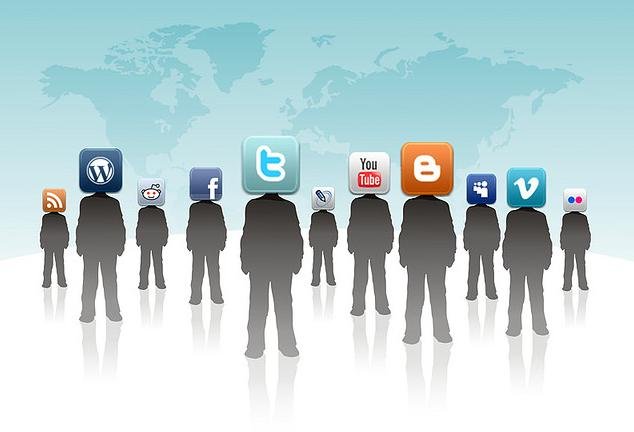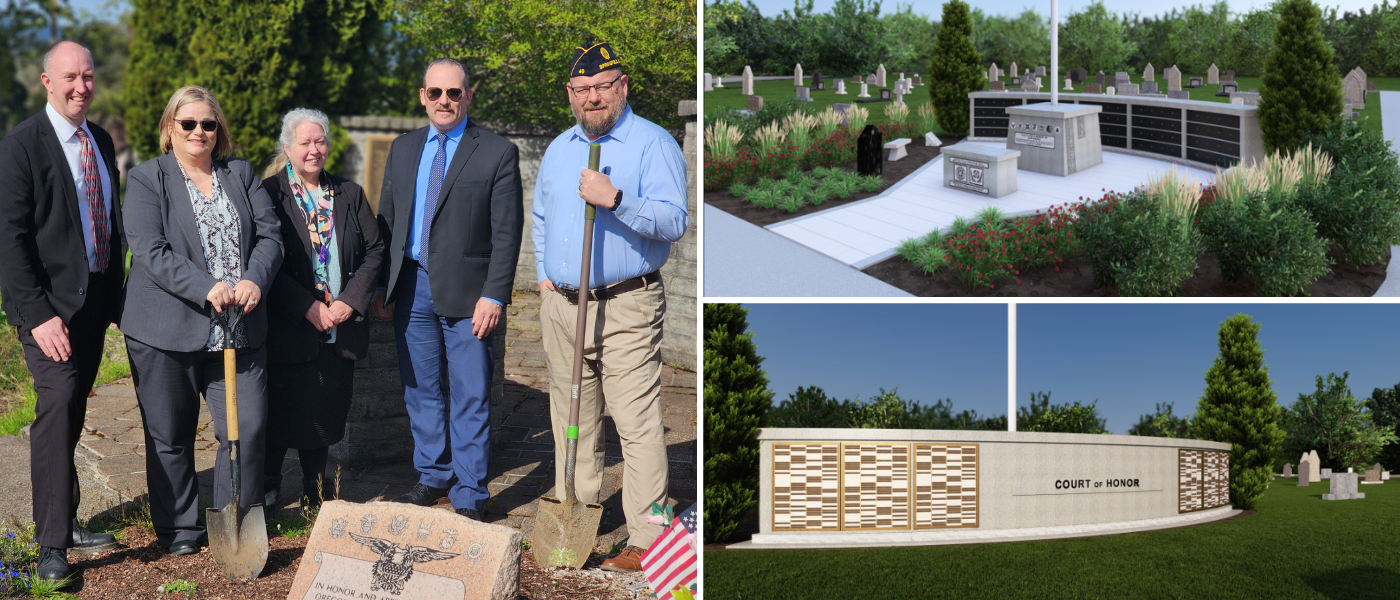What I learned while live-tweeting a friend’s funeral
Article Originally posted on Gigaom.com
 photo: Flickr user Rosaura Ochoa
photo: Flickr user Rosaura Ochoa
Posting to Twitter from someone’s funeral might be seen as inappropriate, but to me it seemed like the perfect way to honor my friend — and it also allowed others to feel as though they were part of the ceremony even though they couldn’t be there.
There’s been a lot written about how social-media tools like Twitter and Facebook interfere with our daily lives, prevent us from living in the moment, get in the way of face-to-face interactions, and so on — and all of this is true, to some extent. But I am a firm believer in the idea that there are some big benefits to these tools as well, including the power of serendipity that they can bring to our lives. Another benefit is the ability to bring others into the event we are experiencing, even when they can’t be there in person, and that was something I experienced first-hand this weekend, when I attended the funeral of a close friend and decided to live-tweet the proceedings as a tribute to him.
My decision to do this — which a number of people who follow me on Twitter reacted to with a combination of shock and/or disapproval — came about because of who my friend was: Michael O’Connor Clarke was a veteran of the Canadian and U.S. public-relations industry with a keen interest in social technology, and was a long-time user of Twitter right up until his death a week ago, as a result of esophageal cancer. He was also an early volunteer and tireless supporter of the Mesh conference in Toronto (of which I am a co-founder), and of related social efforts like HoHoTo.
I thought it would be fitting to live-tweet Michael’s funeral because of his interest in such things, but I also thought he would have seen the humor in it if he had been alive, since he loved jokes and had a highly-developed sense of the absurd. I didn’t count on seeing an additional benefit, however, which was the ability to share what was happening with others who couldn’t attend. Not only did many of Michael’s friends thank me for doing it, but members of his family who live in Ireland and elsewhere also said how much they appreciated me posting details of the service:
Missing a friend right now #remembermocc @ St. John’s Catholic Church instagr.am/p/RAcO_anMBX/
@mathewi thanks for tweeting from my cousins funeral. I’m so sad not to be there. I’m grateful to you.
Seeing things through another person’s eyes
I was conscious while I was posting about it that my behavior might have been seen by some as intrusive or inappropriate, and several people nearby seemed irritated (or so I imagined at least), something Alexander Howard of O’Reilly mentioned as a potential deterrent to doing such a thing. And there have certainly been responses like that to others who have live-tweeted funerals, including a reporter for the now-defunct Rocky Mountain News who posted from the funeral of a 3-year-old who was killed in 2008.
Some said that the reporter was being disrespectful of the family in that case, even though he had been invited to the ceremony by the family themselves, and did nothing to interrupt the proceedings. As I wrote on my personal blog at the time, I couldn’t really see any reason why live-tweeting should be forbidden, provided journalists were allowed to be present in the first place. How was doing this any different from taking notes in a notepad and then writing a blog post or news article later? Provided it didn’t disturb anyone, I didn’t see the problem them and I still don’t now.
@mathewi Thank you so much for livetweeting – what an incredibly fitting tribute. #remembermocc
What was interesting to me in Michael’s case was how many people said that they enjoyed reading about the ceremony from afar, including several people who had wanted to be there but couldn’t for one reason or another (the ceremony was also live-streamed online, which I didn’t realize until later). In a sense, all I was doing — in addition to honoring my friend in the best way I could think of — was pursuing the mandate that Jay Rosen says is the underpinning of much journalism or reporting, which he describes as “I’m there and you are not, let me tell you about it.”
One of the key features of social tools like Twitter, at least for me, is their ability to transport us to different places and allow us to see things through another’s eyes, whether it’s a personal event like Michael’s funeral or a politically-charged situation like the Arab Spring. This ability to collapse space and time is something that we almost take for granted now — but it is an incredibly powerful phenomenon.







